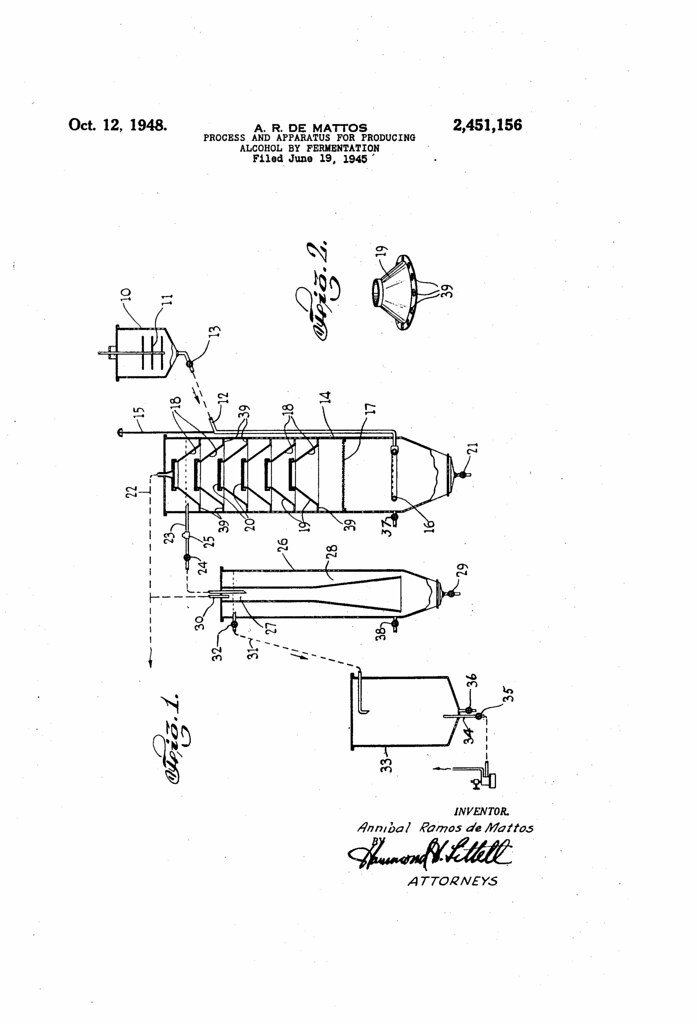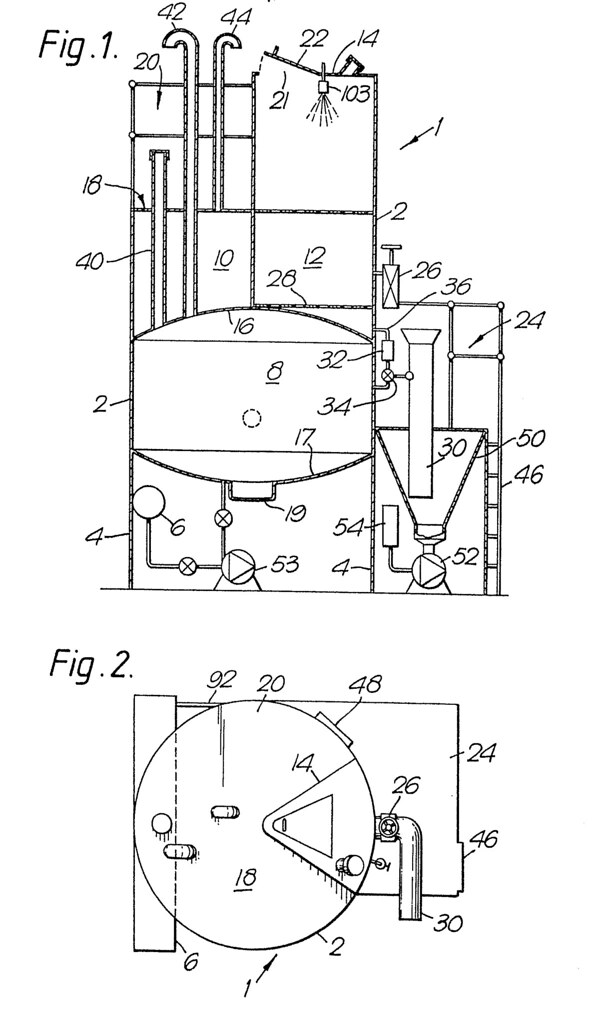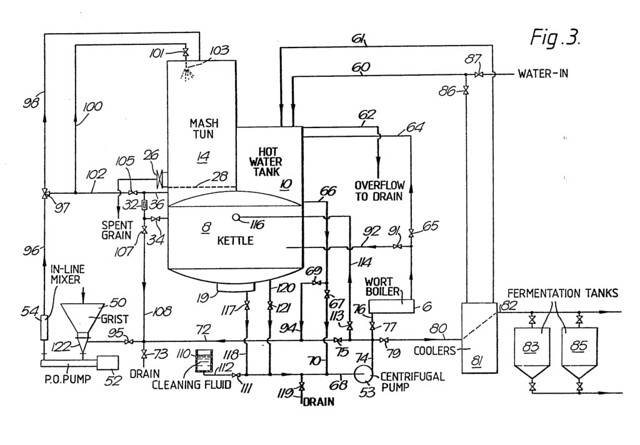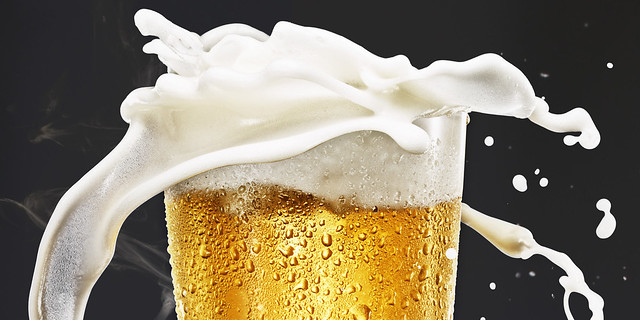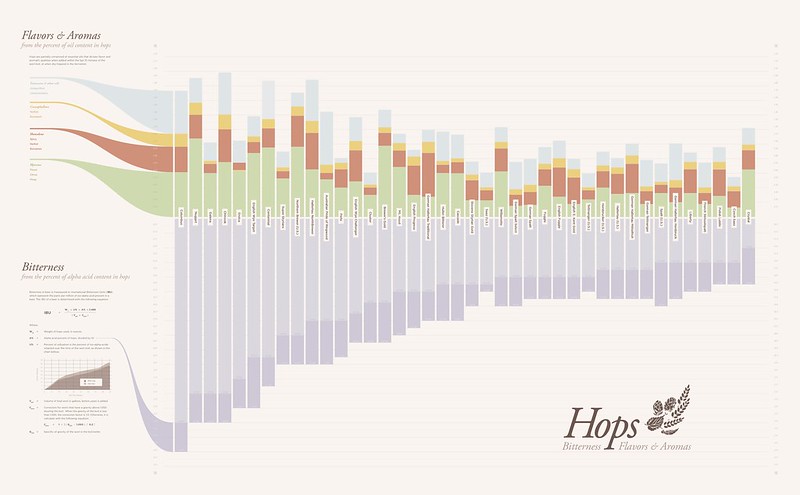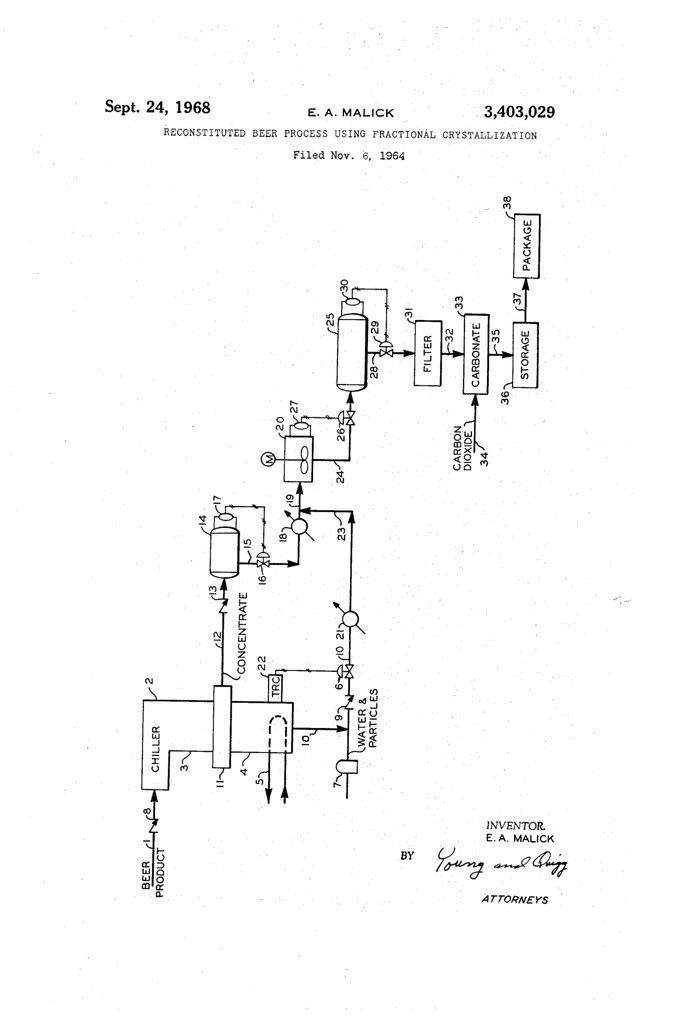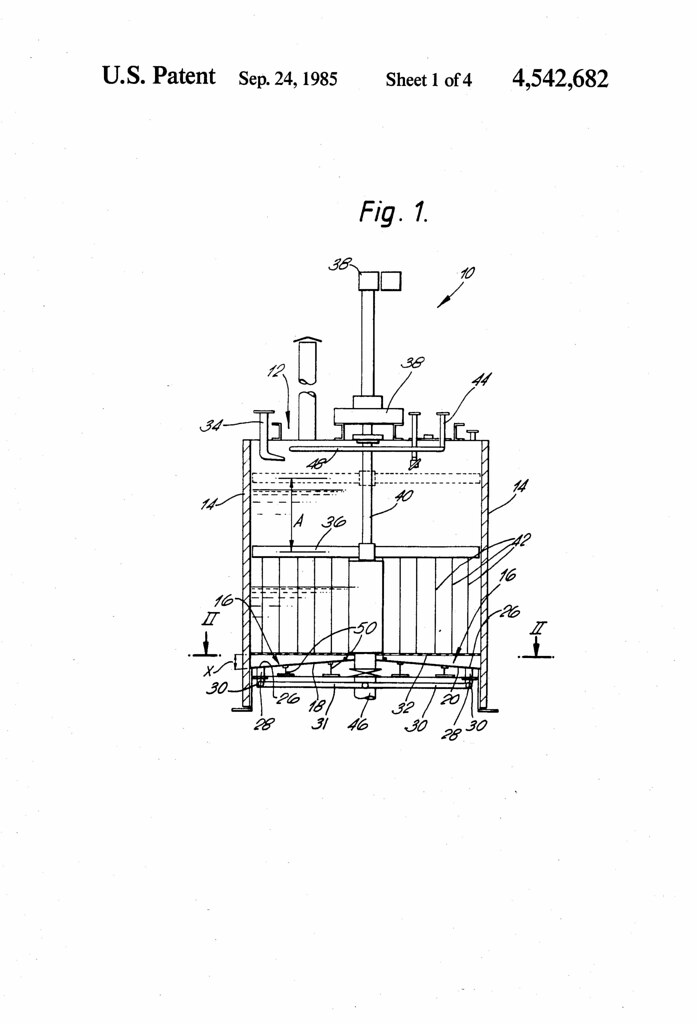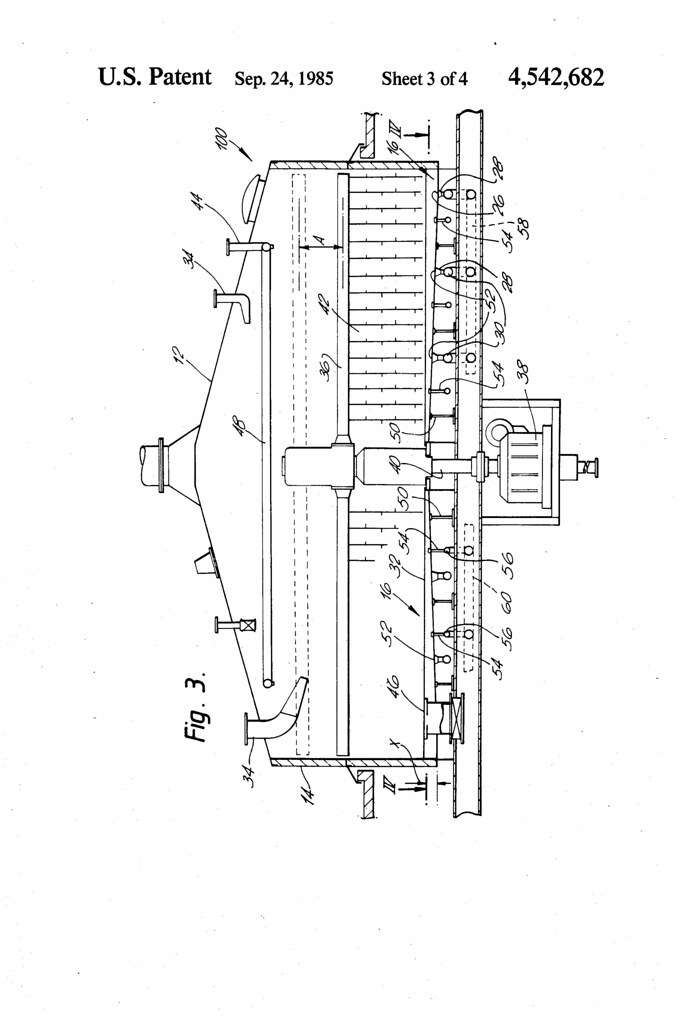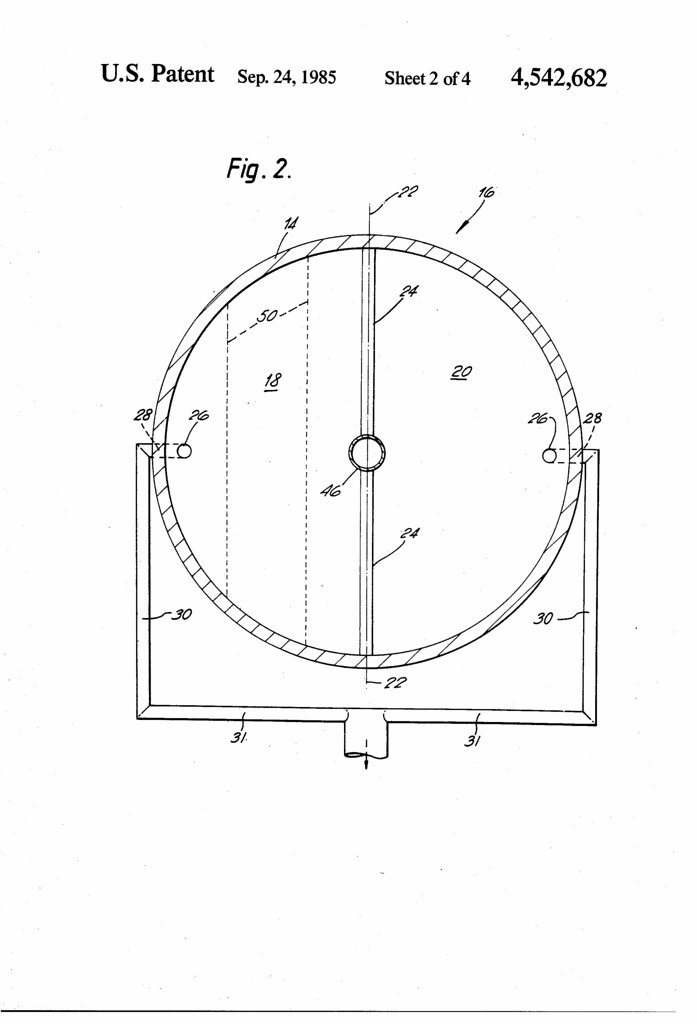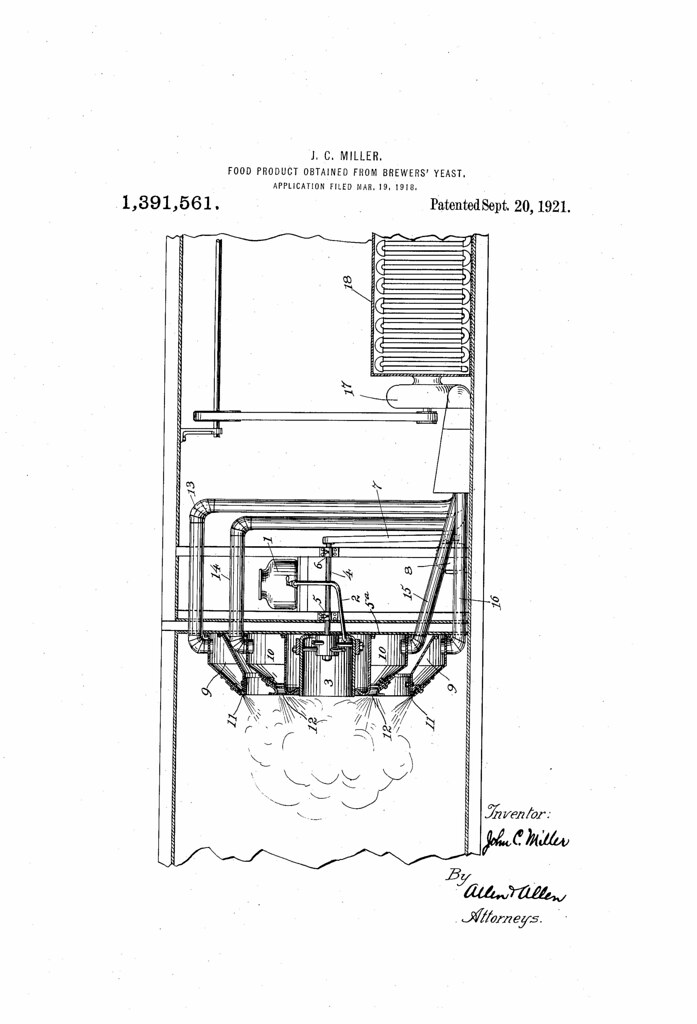
Today in 2008, US Patent EP 1979462 A1 was issued, an invention of Herwig Bernaert, for his “Use of Cacao Polyphenols in Beer Production.” Here’s the Abstract:
The present invention relates to a solvent-derived, cocoa extract comprising between 25 and 65% by weight of polyphenols, and uses thereof for improving a beer production process and the resulting beer product. The invention further relates to a method for improving a beer production process as well as the beer product resulting from it. The invention further relates to a beer product with improved quality such as enhanced colloidal, taste and flavor stability. The invention also provides a beer with exogenous polyphenols and a beer comprising at least one cocoa polyphenol. Furthermore, the present invention includes a use of exogenous polyphenols as process enhancer and a use of cocoa for enhancing filtration processes.


